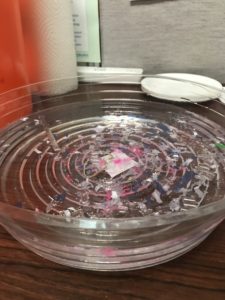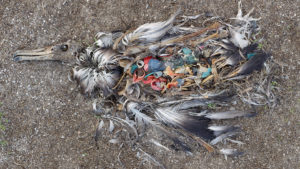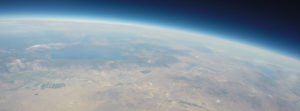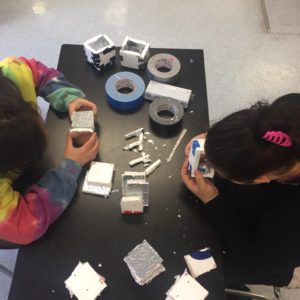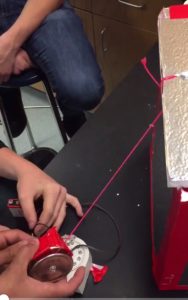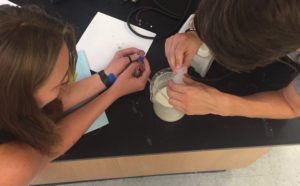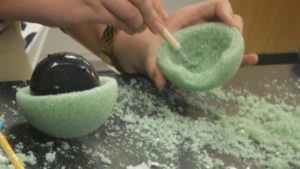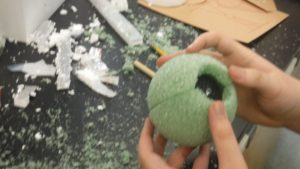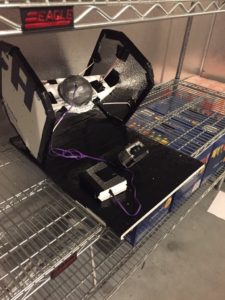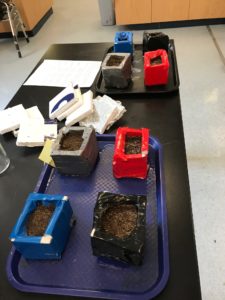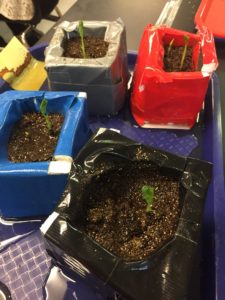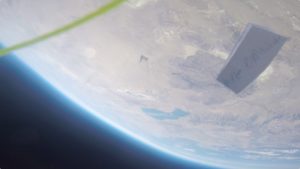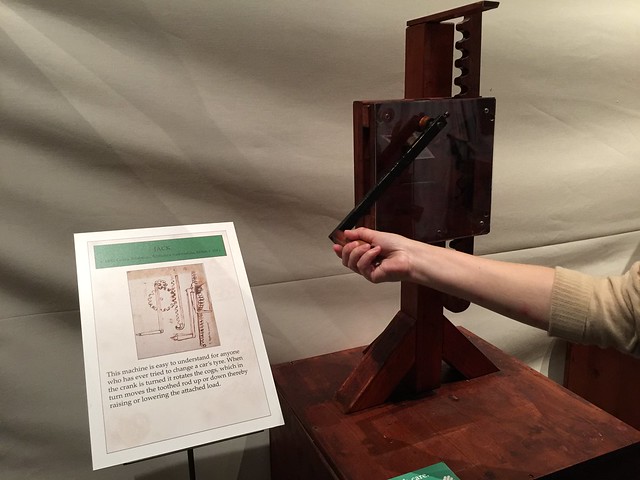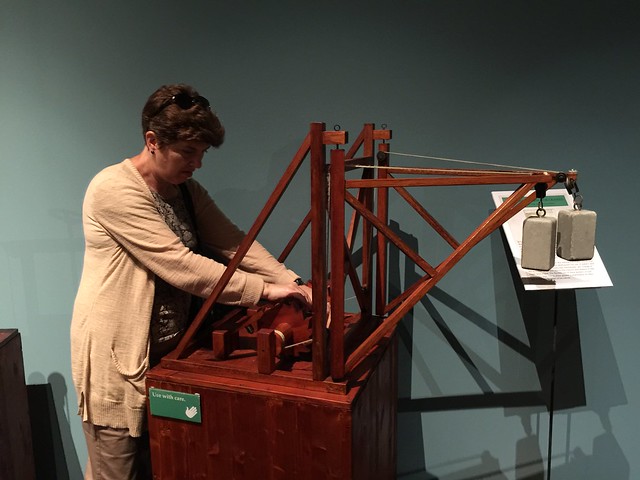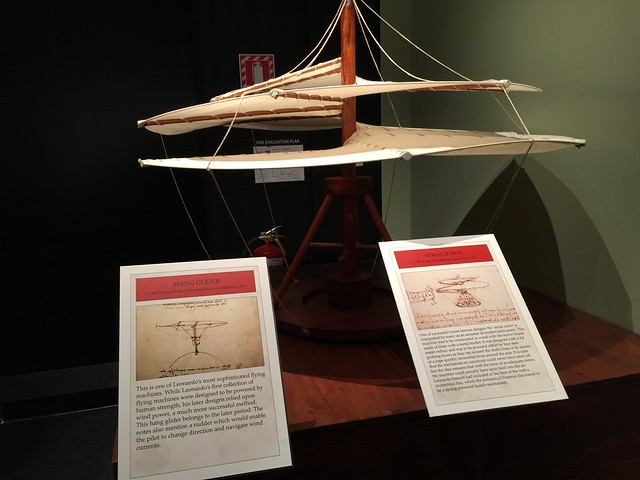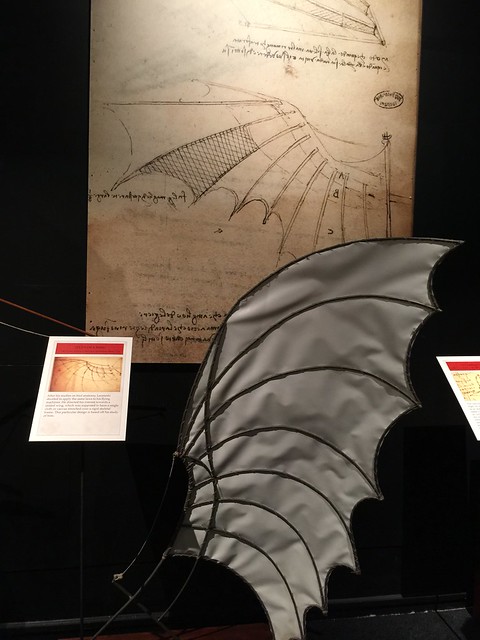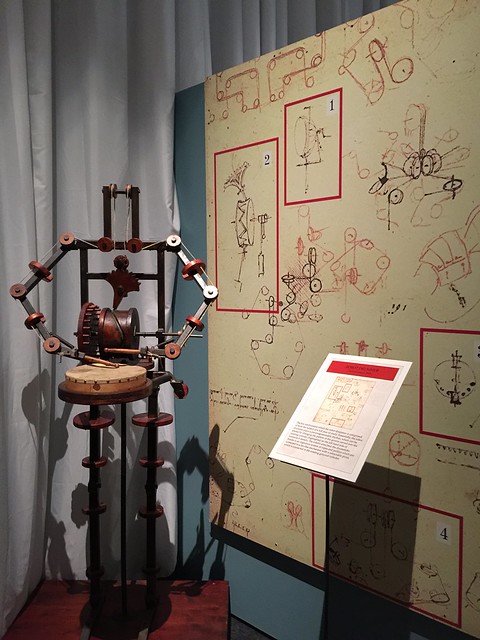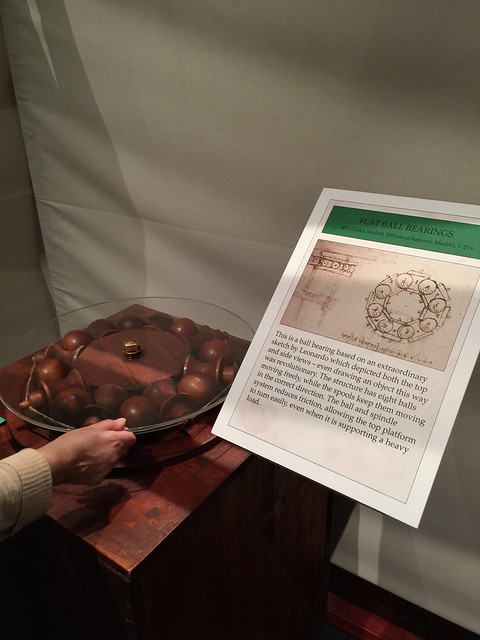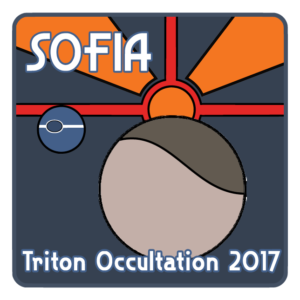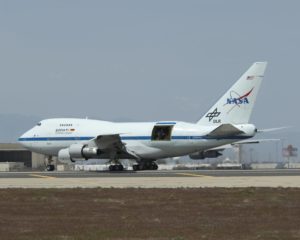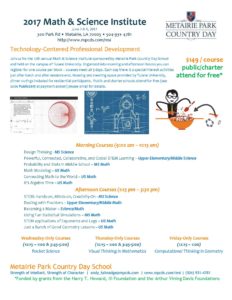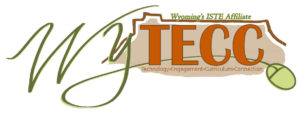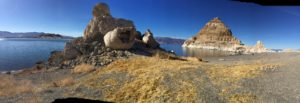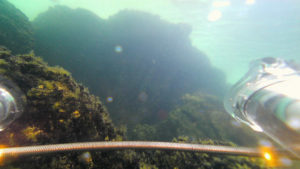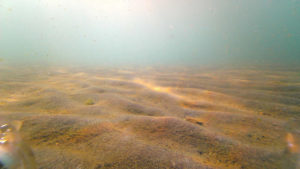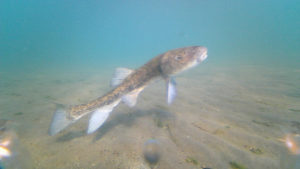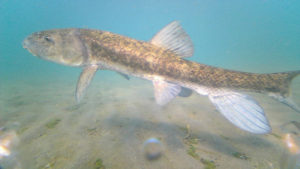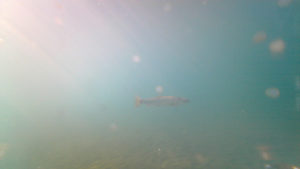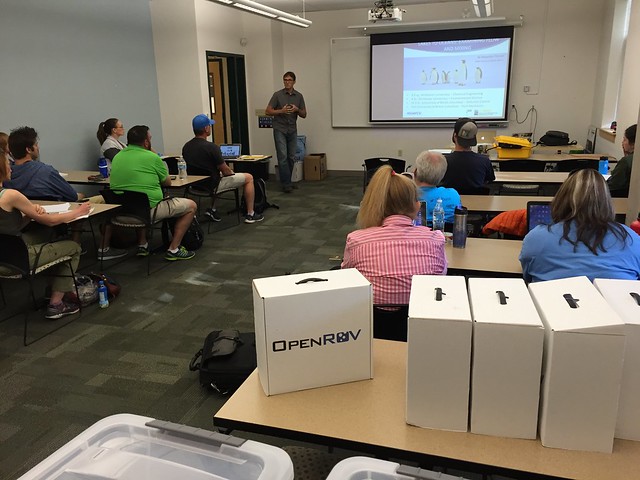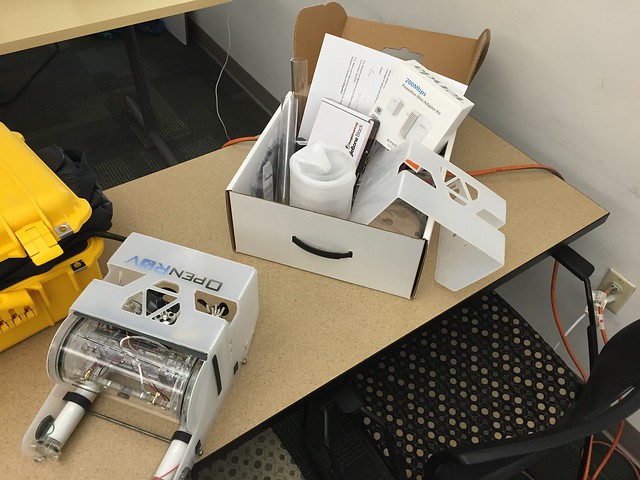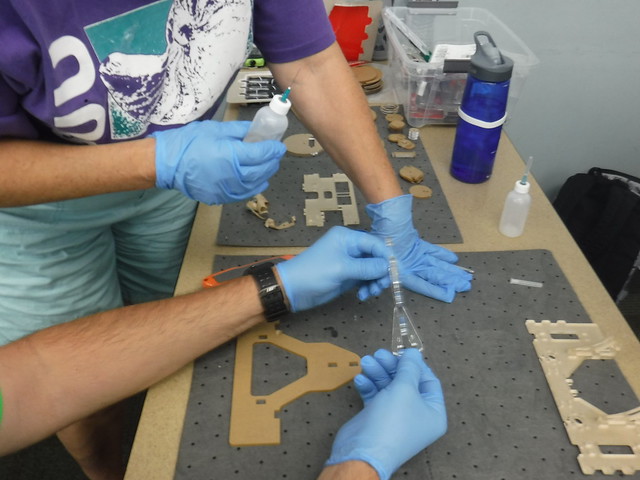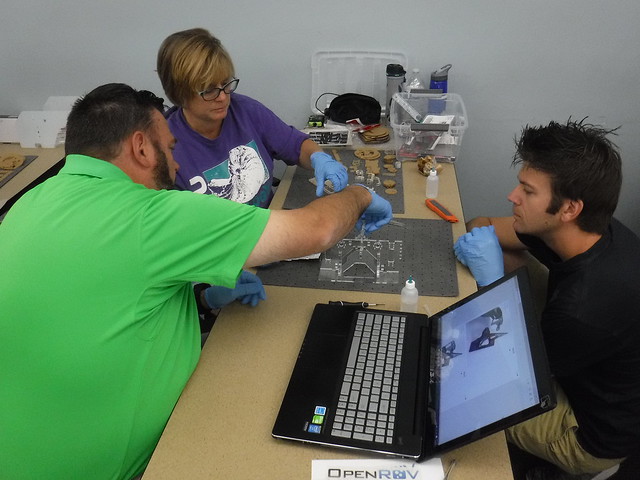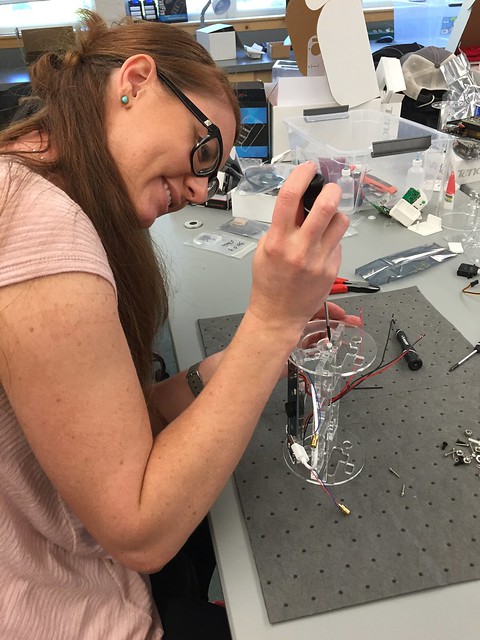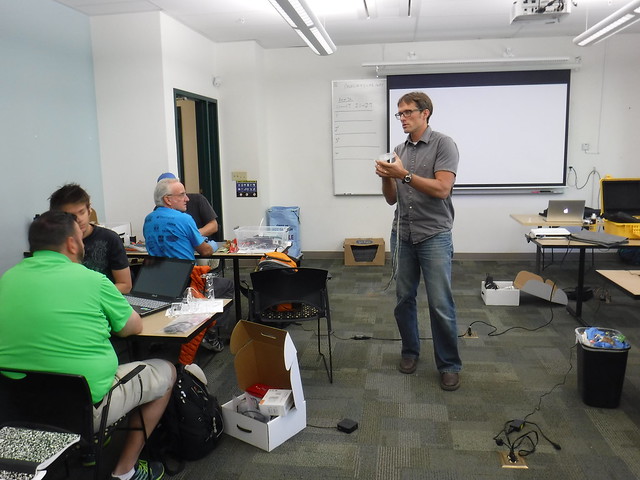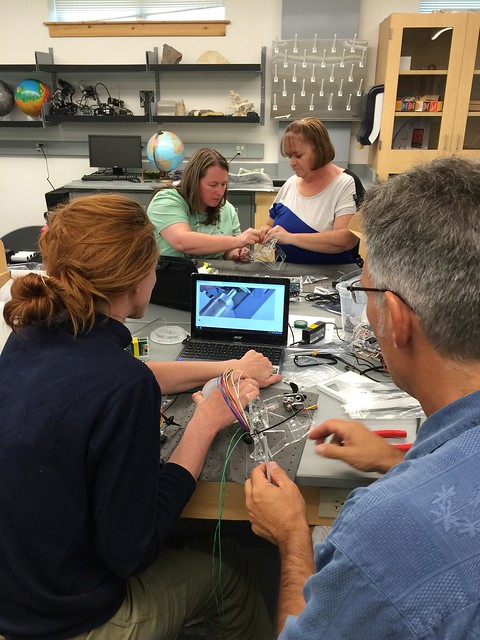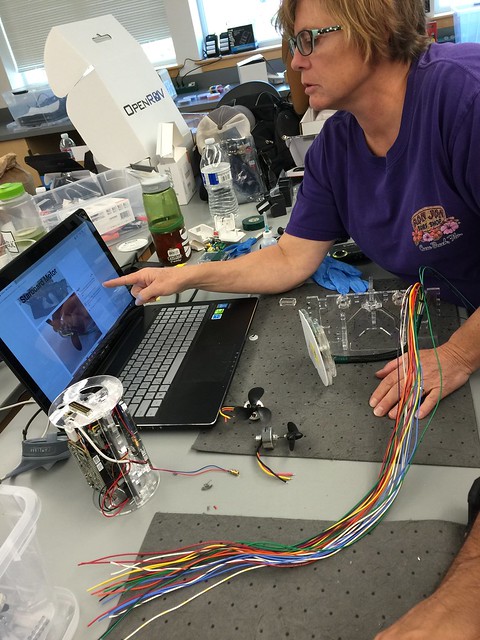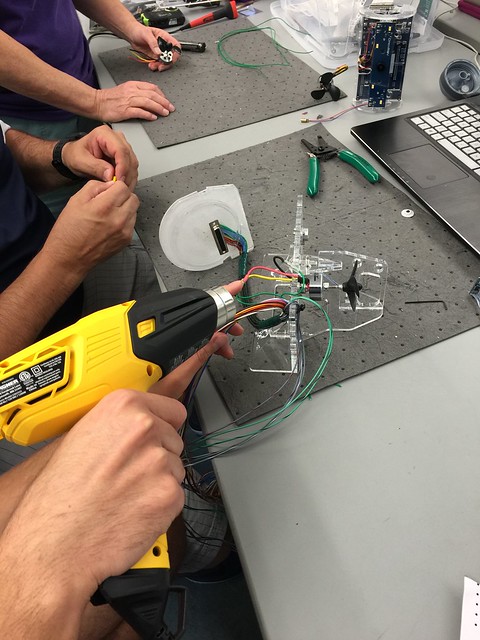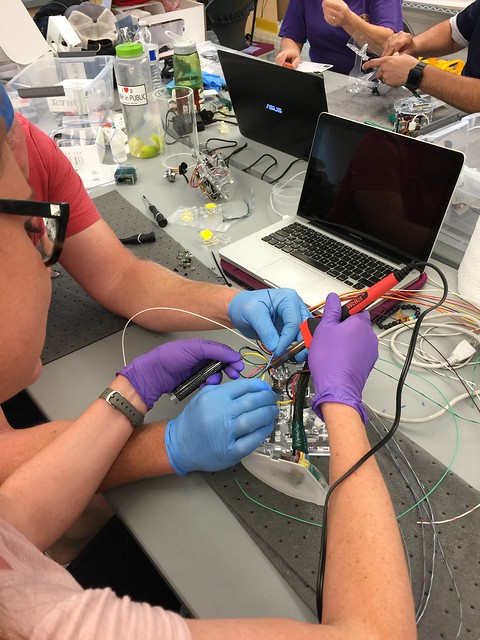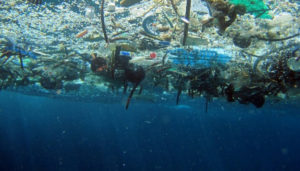
Plastic pollution in an ocean gyre. Some floats on the surface, but more floats beneath the surface.
I’m currently involved in designing a 5th grade inquiry experience aligned to NGSS – I’m actually part of a team of 3. I volunteered (or was volunteered, not sure) to design a Plastic Gyre that 5th grade students will then design a system to collect the plastic from. These gyres full of plastic debris actually exist in the ocean, and as I recently noted even in mountain lakes like Lake Tahoe.
NGSS Standards: 5-ESS3 Earth and Human Activity 5-ESS3-1. Obtain and combine information about ways individual communities use science ideas to protect the Earth’s resources and environment.
Supports: 3-5-ETS1-1. Define a simple design problem reflecting a need or a want that includes specified criteria for success and constraints on materials, time, or cost.
3-5-ETS1-2. Generate and compare multiple possible solutions to a problem based on how well each is likely to meet the criteria and constraints of the problem.
3-5-ETS1-3. Plan and carry out fair tests in which variables are controlled and failure points are considered to identify aspects of a model or prototype that can be improved.
Here’s a video that will explain why we decided this was a good problem to address:
I’ll share more about what we’re up to in future posts, but here is a photo of what I’m working on now:
It’s a 17 inch round tray you put under a flower pot so it doesn’t leak when you water your plant. It’s about the cheapest thing I could find since we have to have 6 of these set ups for each of about 20 classrooms. I’ve cut up plastic grocery bags (a common plastic found in the ocean), water bottles, rubber bands (which I found don’t float), nylon string, straws, shredded plastic file folder, glitter, and more looking for the right analog of trash.
Next I’m working on what materials to have available for students to use to design and build their collection systems (we’ll encourage them to bring in their own materials too). I plan to share more about this later when we have things planned out and firmed up more. Any ideas that might help us are always welcome!
Learning is messy!

